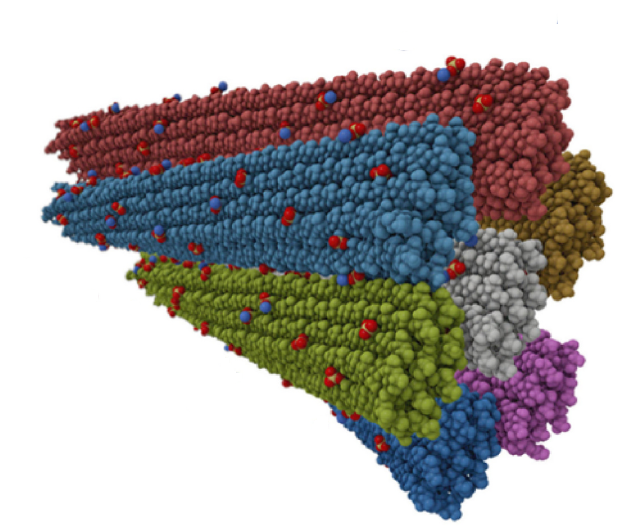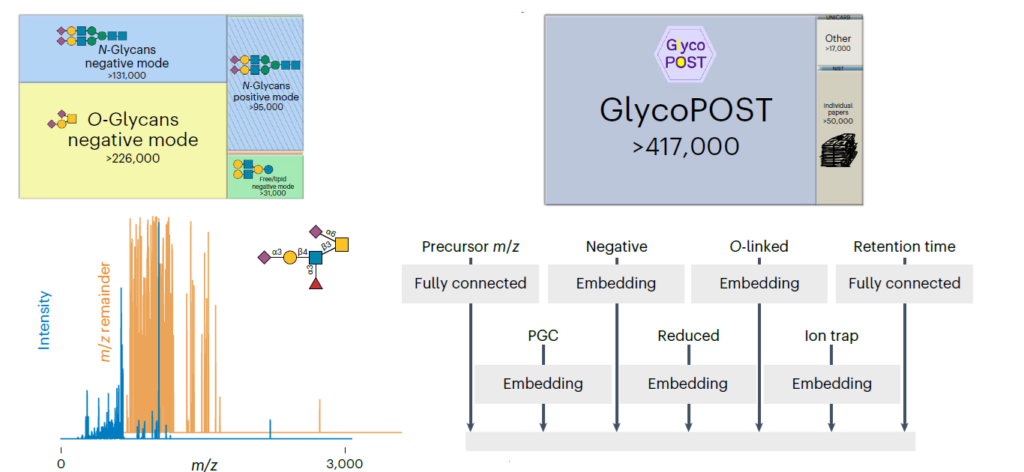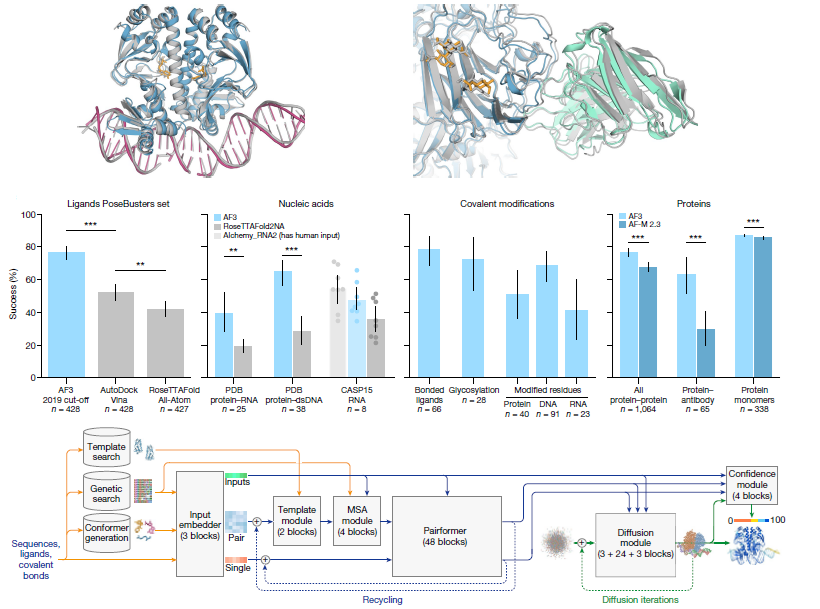Widespread concerns over the impact of human activity on the environment have resulted in a desire to replace artificial functional materials with naturally derived alternatives.

As such, polysaccharides are drawing increasing attention due to offering a renewable, biodegradable, and biocompatible feedstock for functional nanomaterials. In particular, cellulose and chitin nanocrystals have emerged as versatile and sustainable building blocks for diverse applications, ranging from mechanical reinforcement to structural coloration.
Much of this interest arises from the tendency of these colloidally stable nanoparticles to self-organize in water into a lyotropic cholesteric liquid crystal, which can be readily manipulated in terms of its periodicity, structure, and geometry. Importantly, this helicoidal ordering can be retained in the solid state, offering an accessible route to complex nanostructured films, coatings, and particles. In this review, the process of forming iridescent, structurally coloured films from suspensions of cellulose nanocrystals (CNCs) is summarized, and the mechanisms underlying the chemical and physical phenomena at each stage in the process are explored. The analogy is then drawn with chitin nanocrystals (ChNCs), allowing for key differences to be critically assessed and strategies toward structural coloration to be presented. Notably, the progress toward translating this technology from academia to industry is summarized, with unresolved scientific and technical questions presented as challenges to the community.



